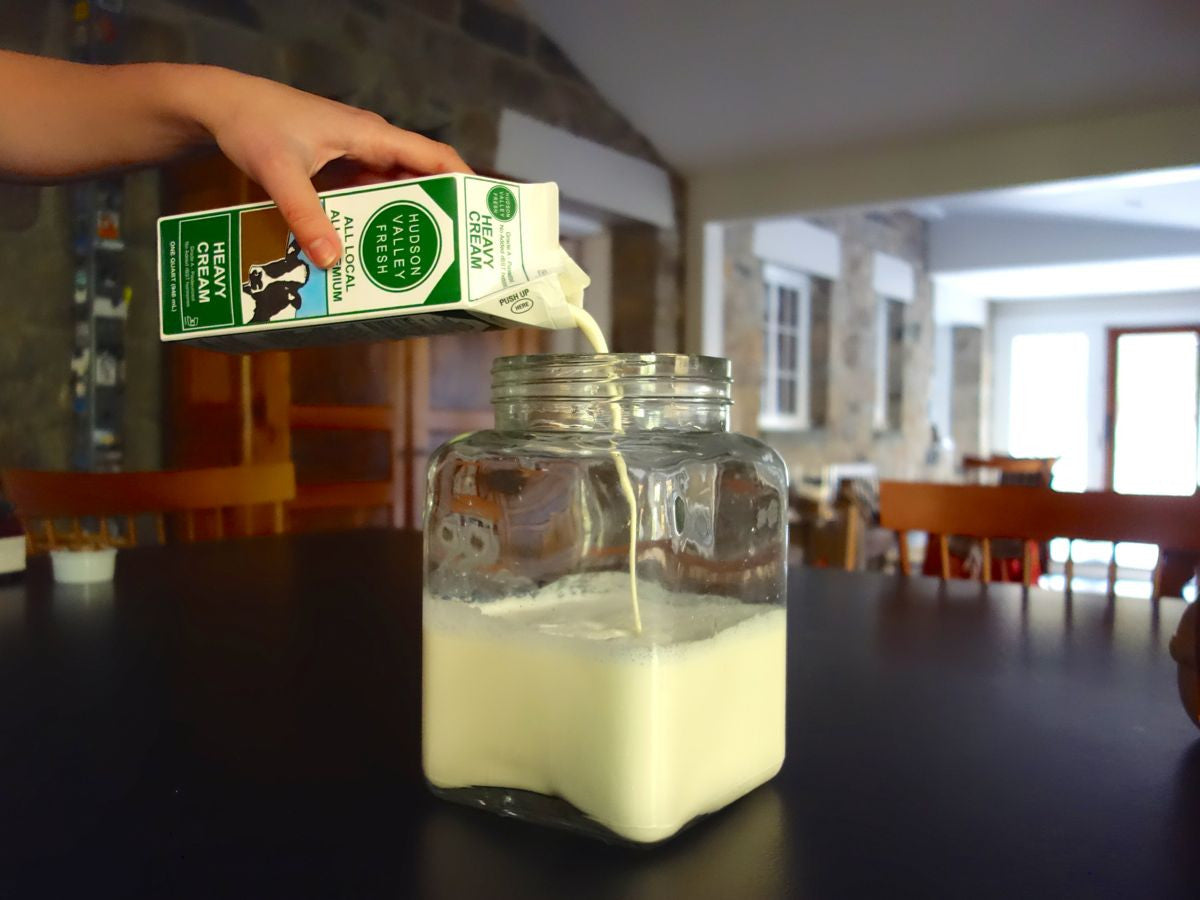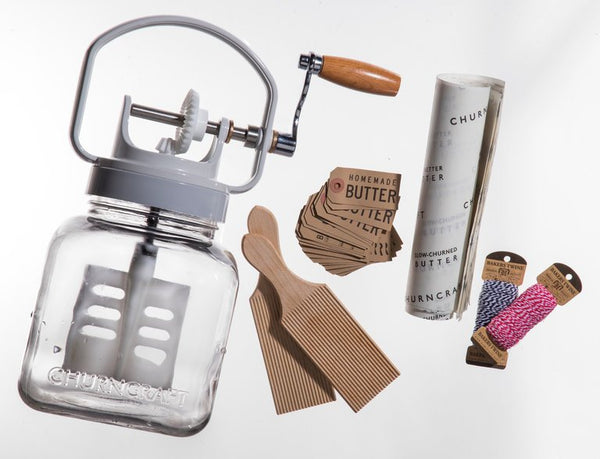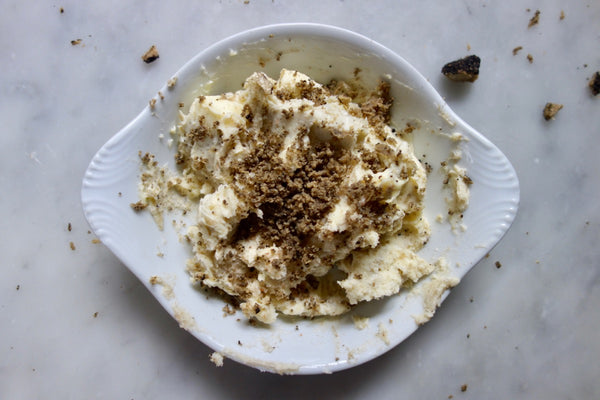Your Cart is Empty

So, what exactly is cultured cream? Cultured cream is cream that has gone through a fermentation process. This process consists of the bacteria converting milk sugars into lactic acid. Aroma compounds, mostly diacetyl, are produced – diacetyl is responsible for the more “butter-y”, fuller flavor of cultured cream. Fermentation also breaks down the milk protein, casein, which is difficult to digest. Cultured dairy products have a tangy flavor that can enhance many dishes. Creme fraiche and sour cream are both cultured creams.
There are generally two methods for culturing a dairy product. The simplest method is to leave raw cream sitting out overnight and by morning, live cultures will have developed.
The second method is to use a starter culture which works on pasteurized cream, as well as raw cream. A “mesophilic” starter, meaning bacteria that thrives in moderate temperatures, is ideal. Avoid thermophilic starters, as you they require higher temperatures that are ineffective in this process. You can purchase starter cultures or use something already in your home: yogurt, buttermilk or sour cream.
Tips:
– Always buy dairy products (used for starters) with as few ingredients as possible
– Always use a new, unopened container of dairy products.
– Use a clean, tightly sealed jar to culture cream.
– Once cultured, put cream in the fridge for five hours to halt the fermentation process.
– Consume within 10 days of making cultured cream.
My preferred method for culturing cream is leaving locally sourced, raw cream out on the counter overnight. The two step-process is fool-proof. Raw cream has a natural abundance of dairy bacteria that ferments and sours on its own.
To culture raw cream:
Pour raw cream into jar and seal tightly.
Leave it out to culture at room temperature for 12-48 hours.
To culture pasteurized cream:
Pour cream into clean jar.
Add 1 tbsp of mesophilic yogurt (or other starter) per cup heavy cream. Stir well.
Seal lid firmly and let sit out for 12-24 hours at 70° – 77°F.
*Raw cream can also be used in this method.
Once the cream is cultured, always put it in the fridge for five hours to stop the culturing process. Do note that cultured butter has a much shorter shelf life, about 10 days before it starts to turn. If you’re using pasteurized cream, you’ll also want to let it come to room temperature as it’s easier to make butter. Let it sit out for about half an hour. After sitting out, the cream will be noticeably thicker and have a tangy aroma.
Culturing your own cream can sometimes be problematic. If the cream smells yeasty or there are any bubbles, there is a contamination issue – promptly discard the cream! Varying cultures require different times and temperatures to work. Most cultures typically process within 12-24 hours at approximately 72° – 77°F. There are many different types of starters; you can learn more about them at Cultures for Health. For dairy products, one typically uses a yogurt starter or a kefir starter. Be sure to follow instructions for whichever starter culture you choose to use.
Comments will be approved before showing up.


What an honor to be featured in The New York Times! We are so proud to have gotten a stamp of approval from Florence Fabricant, food critic of the NYT.
